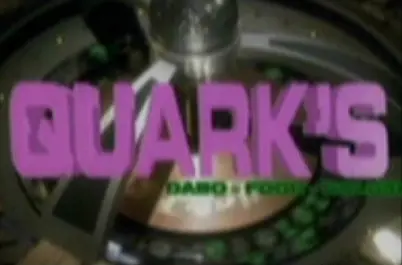

You know, I think Paramount+ could increase its rating by one star just by replacing the mountain in its splash screen with Pike’s face and a huge Pike’s peak.
Of course, another star would come from the app actually working well and allowing you to actually use the resolutions you pay for on all the devices you owned, but the DRM cult continues, punishing paying customers and making pirating a more pleasant experience in some ways.
Another star or two would come from Paramount actually having the spine to stick up to authoritarians rather than sucking up to them in the name of profits, but that’s not going to happen with the oligopoly the American entertainment industry has become.












You’re forgetting Ad Homicide: Just because you killed someone doesn’t mean you’re right.
(And of course, its vice versa, just because you (or someone with your views) got killed doesn’t mean you’re right, which admittedly is less common in history, but nonetheless something to be aware of to evaluate arguments critically.)